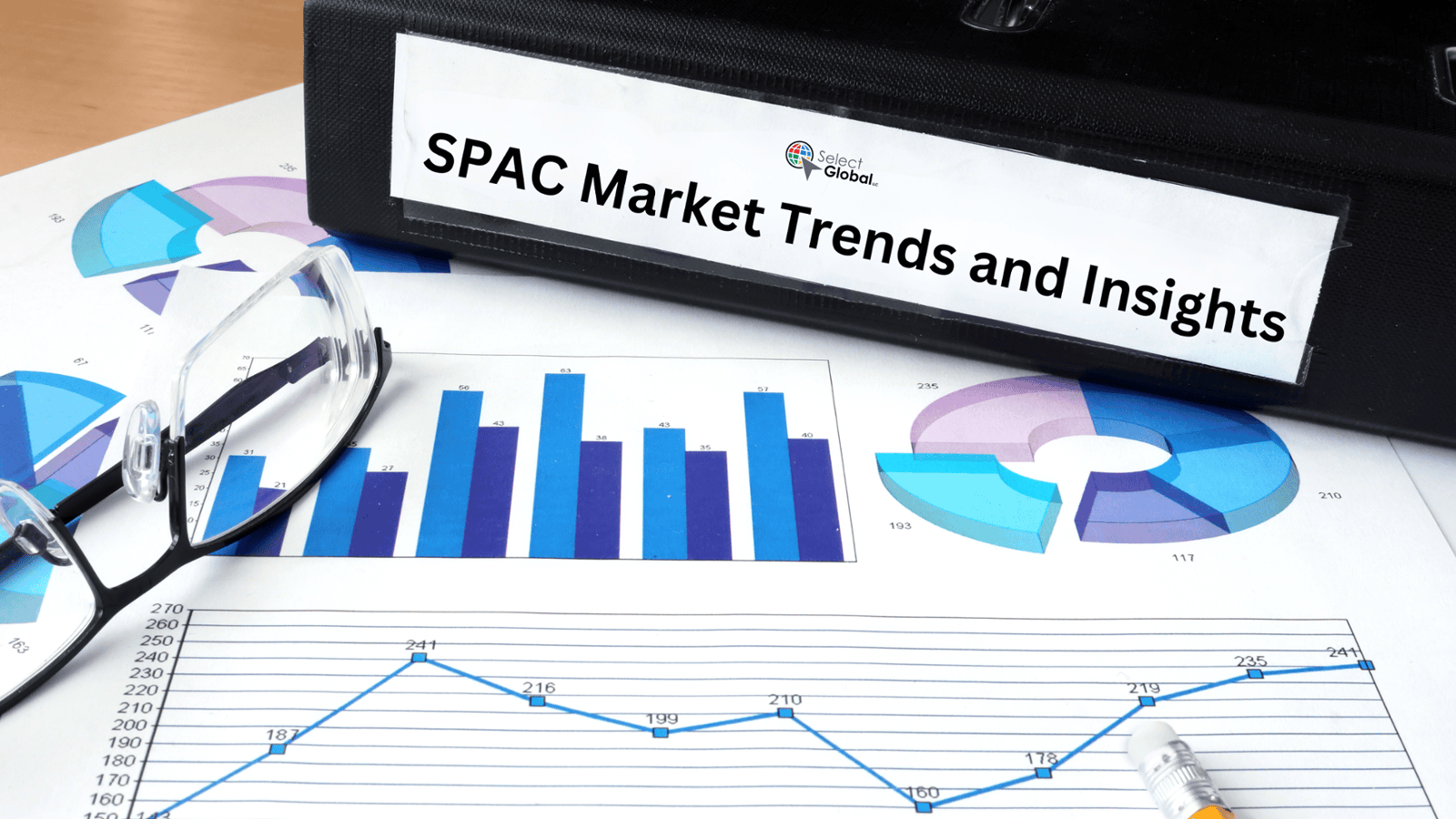
The Current SPAC Market: A 2024 Perspective
Special Purpose Acquisition Companies (SPACs) have gained significant attention as an alternative route to going public, particularly for high-growth, scale-up companies seeking a streamlined path to an IPO. By merging with publicly traded shell entities, these companies can leverage SPACs as a faster and more flexible off-ramp compared to traditional public offerings. However, SPACs are not a one-size-fits-all solution and may not be suitable for early-stage startups or those without clear growth trajectories.
As we close out 2024, the SPAC market—after its explosive rise in 2020-2021 and subsequent slowdown—has entered a phase of cautious optimism. Not a bad place to be in our opinion! A refined focus on high-quality sponsors and well-aligned target companies is contributing to market stabilization. Most believe it’s critical to approach SPACs as a strategic tool for scaling and exiting rather than as an investment opportunity. Companies considering this path should carefully evaluate whether their growth stage and goals align with this unique approach. As a friendly reminder, this content is for informational purposes only and should not be considered financial or investment advice.
Overview of the Current State of the SPAC Market
The SPAC (Special Purpose Acquisition Company) market, after experiencing substantial growth in 2020 and 2021 followed by a notable deceleration, is now transitioning into a phase of cautious optimism in 2024. In recent years, SPACs have emerged as a favored alternative to traditional IPOs, enabling private companies to go public through mergers with publicly listed shell companies. The recent resurgence in SPAC activity, driven by a more refined focus on high-quality sponsors and targets, is contributing to market stabilization.
Analysis of Trends: Increased Regulation and Market Saturation

Increased Regulation:
Regulatory bodies, notably the U.S. Securities and Exchange Commission (SEC), have heightened their oversight of SPACs. This encompasses more stringent disclosure requirements, improved investor protections, and meticulous monitoring of financial projections and business combinations. The SEC aims to ensure transparency in SPAC transactions and that investors are well-informed about potential risks. While these regulatory measures have decelerated the rate of new SPAC IPOs, they have also fostered a healthier market environment by weeding out lower-quality sponsors and speculative deals.

Market Saturation:
In late 2021 and early 2022, the SPAC market reached a saturation point as an excessive number of SPACs pursued targets, resulting in heightened competition and an increased rate of liquidations due to many failing to complete mergers within their designated timeframes. By 2024, the market is expected to achieve greater balance, prioritizing quality over quantity. There is a discernible shift towards targeting established companies with robust fundamentals, rather than speculative ventures.
Insights on Sectors Seeing the Most SPAC Activity
The finance sector is abuzz with the emergence of Special Purpose Acquisition Companies (SPACs), reshaping the process of companies going public. These shell entities, established to raise capital through an initial public offering, have become a preferred avenue across various sectors. Explore which industries are experiencing the highest SPAC activity and the underlying reasons.

Technology:
The technology sector remains a significant focus for SPACs, particularly in domains such as fintech, artificial intelligence, and cybersecurity. The demand for innovative technology companies remains robust, fueled by the rapid pace of digital transformation across industries. SPACs are regarded as an effective mechanism for tech companies to access public markets and secure substantial capital for growth and expansion.

Healthcare and Life Sciences:
Healthcare and life sciences have become prominent sectors for SPAC transactions. Companies in biotechnology, medical devices, and healthcare services present attractive opportunities due to continuous advancements in medical research and the increasing focus on health and wellness. The COVID-19 pandemic has underscored the significance of healthcare innovation, enhancing the sector's appeal to SPAC sponsors.

Energy and Sustainability:
The energy sector, particularly companies engaged in renewable energy and sustainability, is gaining momentum in the SPAC market. The global emphasis on green energy and sustainable practices has generated numerous opportunities for SPACs to invest in and merge with companies at the forefront of these initiatives. SPACs concentrating on clean energy solutions and sustainable technologies are expected to maintain strong investor interest.

Consumer Goods and E-commerce:
Consumer goods and e-commerce sectors have become prominent targets for SPACs. The transition to online shopping and evolving consumer behaviors have positioned these industries for strategic consolidation and growth via SPAC transactions. Companies that have effectively embraced the digital economy are particularly appealing to SPAC sponsors.
What to Expect in 2025

Aswe look ahead to 2025, Special Purpose Acquisition Companies (SPACs) are likely to remain a popular vehicle for bringing companies public in the USA. According to experts,"SPACs will continue to evolve and adapt within the regulatory landscape" (source: SPACInsider). A key trend to watch is the increasing scrutiny from the Securities andExchange Commission, which aims to enhance transparency for investors. Analysts also suggest that "the SPAC market will mature, leading to more robust deal structures" (source: Bloomberg). As we approach 2025, the SPAC ecosystem will likely see strategic innovations to meet these new challenges.
Conclusion
The SPAC market in 2024 is defined by a more disciplined and regulated environment, with an emphasis on high-quality deals and targeted sectors. Increased regulatory oversight has helped stabilize the market, ensuring that only robust and well-prepared SPACs and target companies succeed. The most active sectors include technology, healthcare, energy, and consumer goods, each offering unique opportunities for growth and innovation.
For more information on SPACs and current market trends, you can refer to resources like:
Investopedia:
https://www.investopedia.com/terms/s/spac.asp
https://www.investopedia.com/terms/s/spac.asp
https://www.kroll.com/-/media/kroll-images/pdfs/m-and-a/spac-market-report-2022-highlights-and-current-outlook.pdf
Harvard Business Review:
https://hbr.org/2021/07/spacs-what-you-need-to-know
Woodruff Sawyer:
https://woodruffsawyer.com/insights/spac-market-forecast-2024
ICR:
https://icrinc.com/insights/spac-market-update-outlook-jan-2024/





